Jupiter is hiding this month.Astro Girl reliably informs me that it is actually coming out of solar conjunction but, call it what you like, the planet is disappointingly absent from the sky just as the evenings are getting dark enough for stargazing at a civilised time!
Jupiter is one of my favourite night-sky objects; perhaps because it holds so many good memories for me. We bought our first telescope while the planet was in opposition.
Once we had worked out how to get the Moon in the viewfinder, the next biggest object to aim for was this gas giant.
We eventually managed to get the planet focussed and suddenly were able to see the stripy orb with four pinpricks of moons for ourselves.
That winter we spent many dark evenings in the back garden and always returned to Jupiter, learning to use our telescope lenses, observing its moons in different positions and watching the Great Red Spot move around the planet.
Last winter there was something magical about Jupiter.
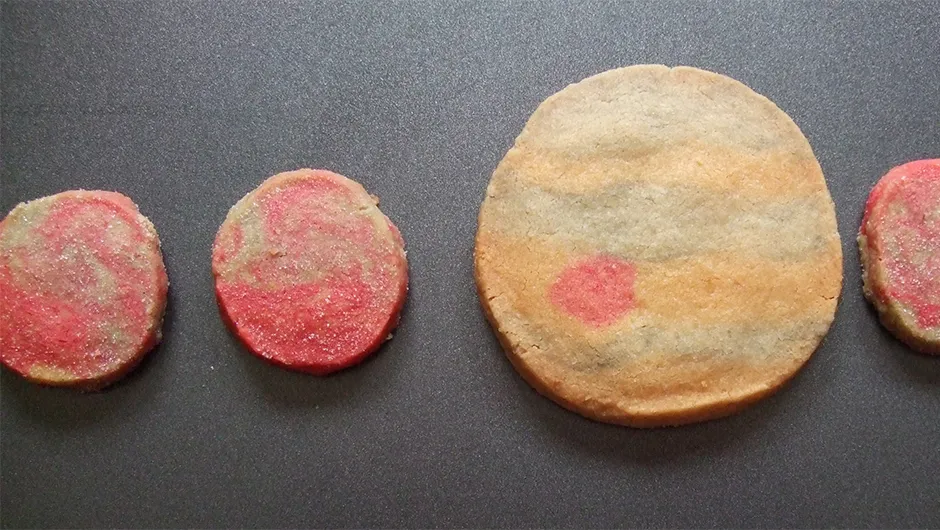
It shone brightly, visible after school even in the light-polluted city sky.
On dark mornings it guided us west, brightening up our morning commute.
Jupiter feels like a wonderful secret ("It’s not just another star!").
Collecting Astro Boy from Scouts one evening, the children pointed out the ‘bright star’ and, just as we had been, they were overawed that night to learn what they were seeing was in fact another planet.
Imagine 20 children wanting a turn with binoculars to see the pinprick lights of moons around another world!

This year the Juno probe has joined the planet on its orbit.
So, while Jupiter is hiding, we can enjoy the fact that a little bit of humanity and, to Astro Boy’s delight, three Lego mini-figures are keeping it company.
Ingredients:
300g butter (at room temperature)
120g caster sugar
30g icing sugar
400g plain flour
60g cornflour
Red, orange and black food colourings (I prefer to use the pastes or tubes of colour rather than bottles of liquid).
Method
1
Sift in the flours
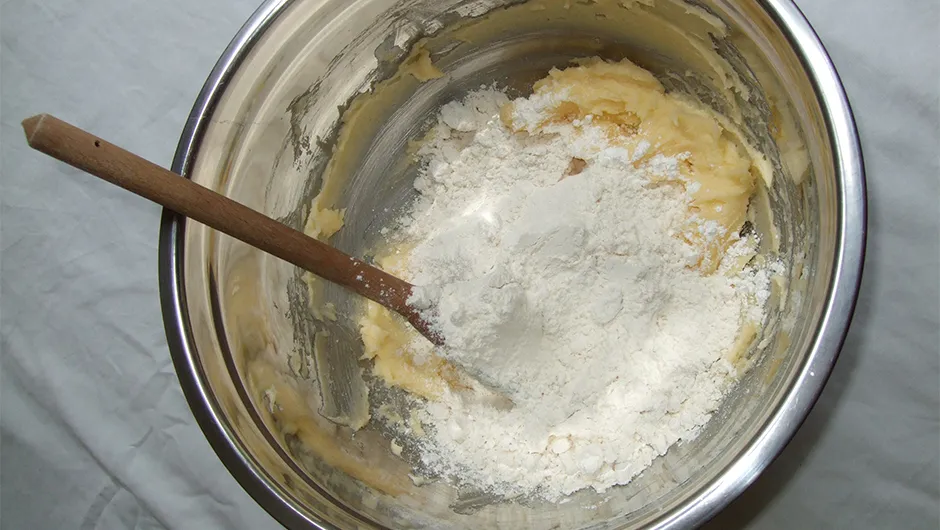
And mix thoroughly into a dough.
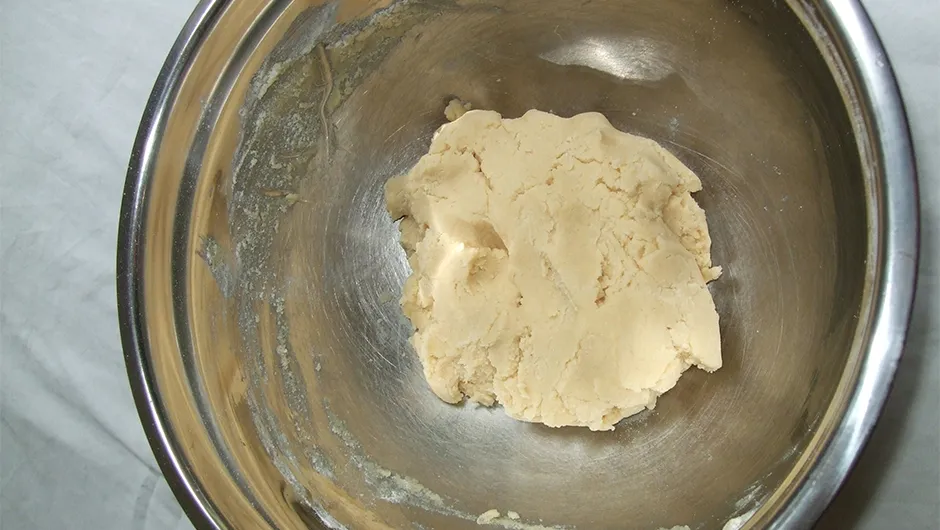
2
Mixing colours
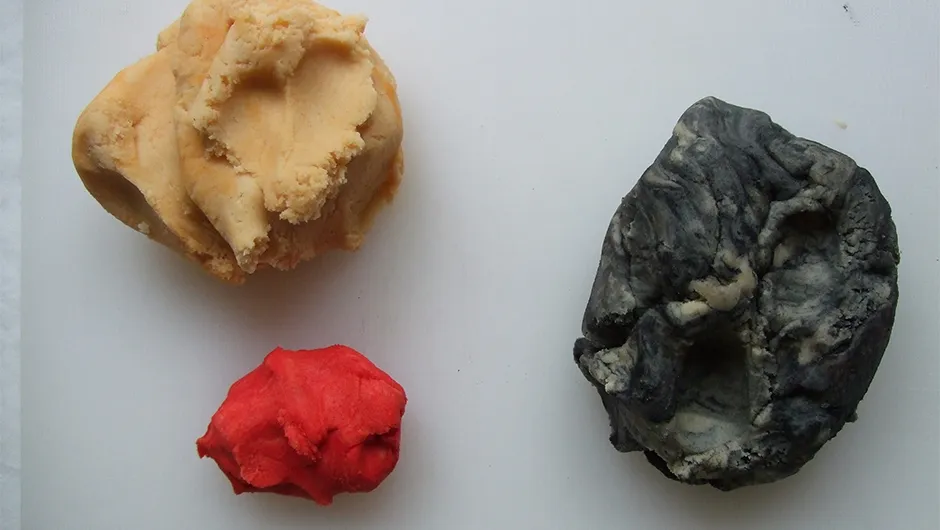
Put half the dough in a bowl and add two teaspoons of orange food colouring.
Mix well.
Remove a handful of this mixture and add red food colouring; this will become the great red spot.
In the second bowl add one teaspoon of black food colouring and mix.
Don’t worry if the colours are not completely mixed as this will produce a textured effect in the shortbread.
3
Layering
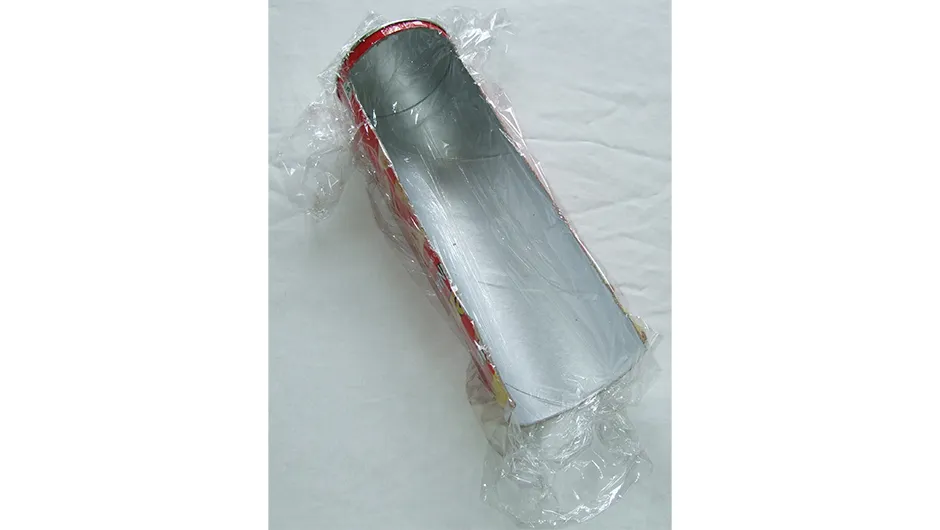
Now layer the doughs up into a cylinder shape.
You can use a crisp tube cut in half as a guide or, if you want a smaller diameter, a kitchen towel inner.
Line it with cling-film.
4
Colour switching
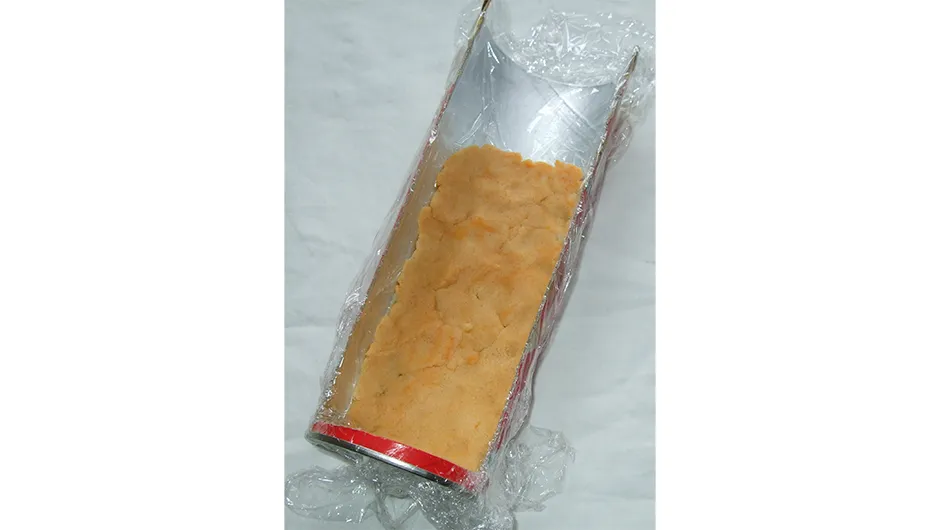
Place a layer of orange dough followed by a layer of ‘grey’, pressing down each layer to remove any air pockets.
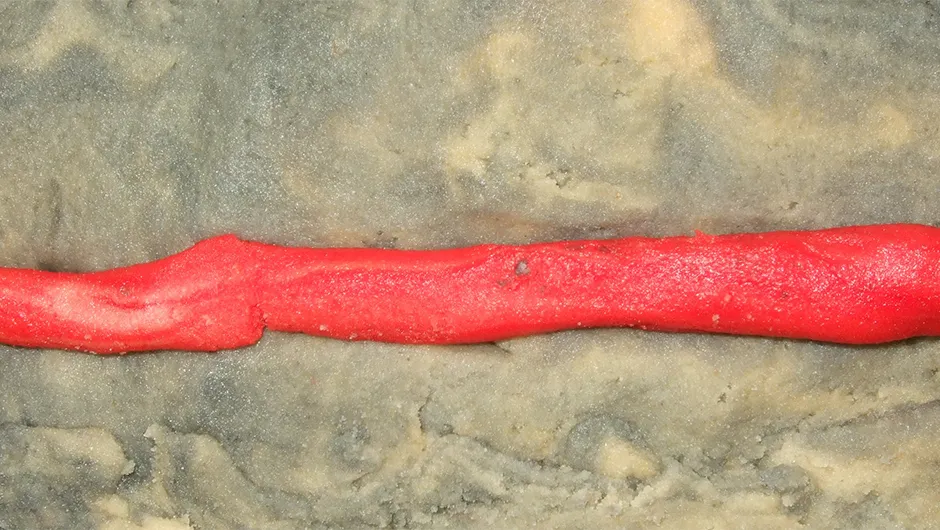
5
Make an indent the length of the dough.
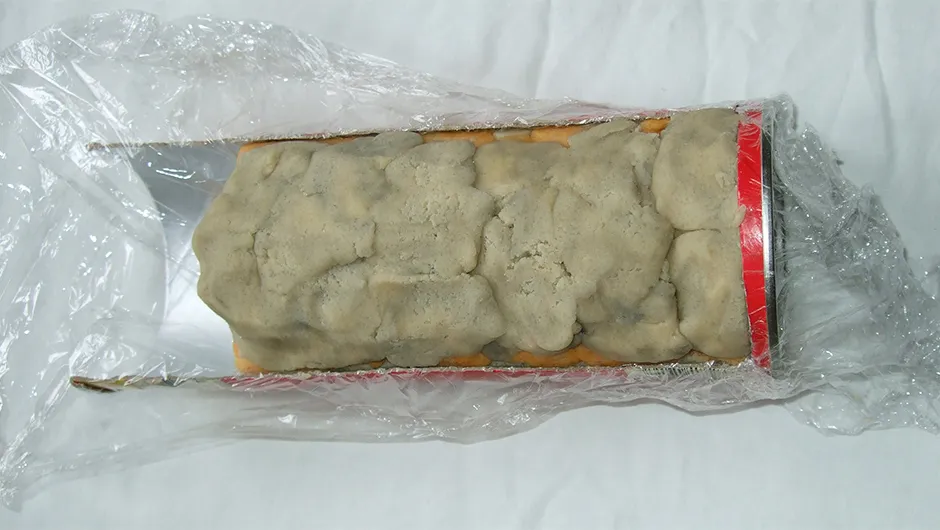
Roll the red dough into a ‘sausage’ and place it in the indent.
6
Keep layering
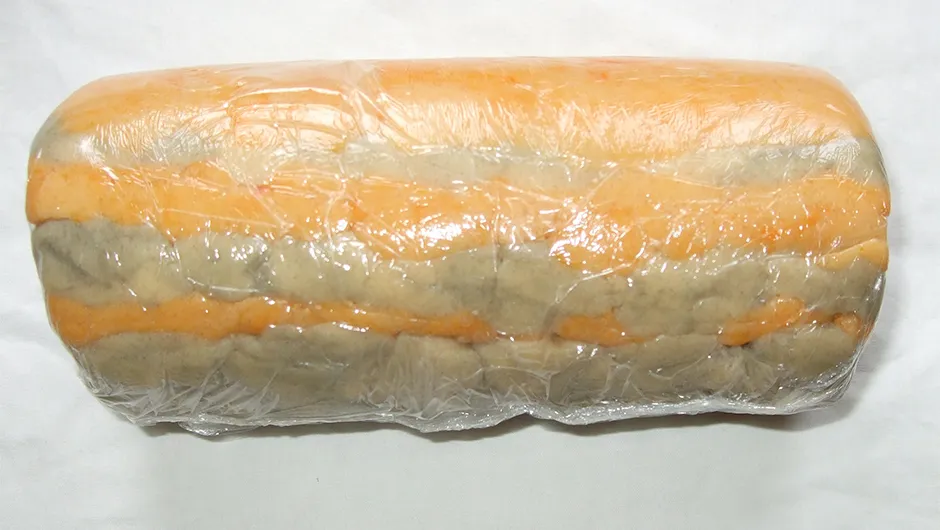
Until you have a cylindrical log of dough.
7
Wrap the log in cling film
Rolling it firmly to make sure it is cylindrical.
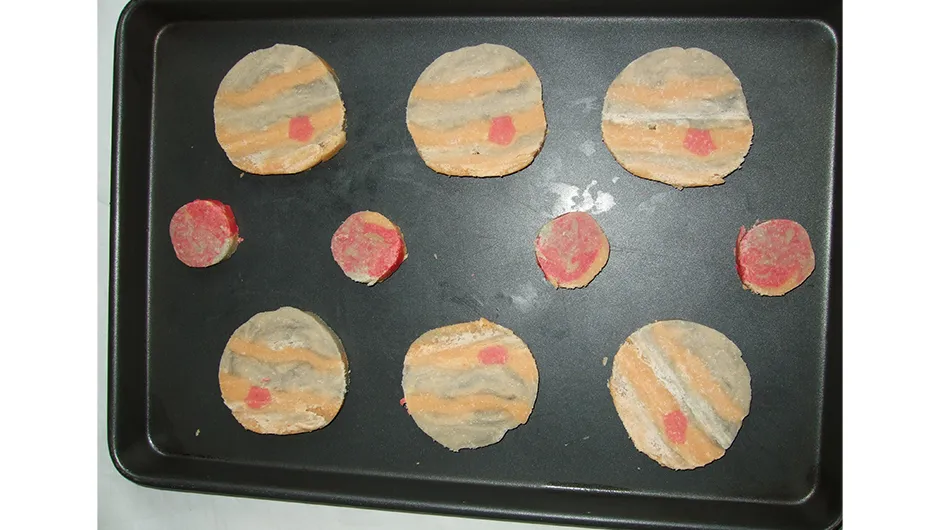
Any leftover dough can be rolled into a smaller log to make moons.
Refrigerate for one hour or until you are ready to bake.
8
Baking
Preheat the oven to 170°C.
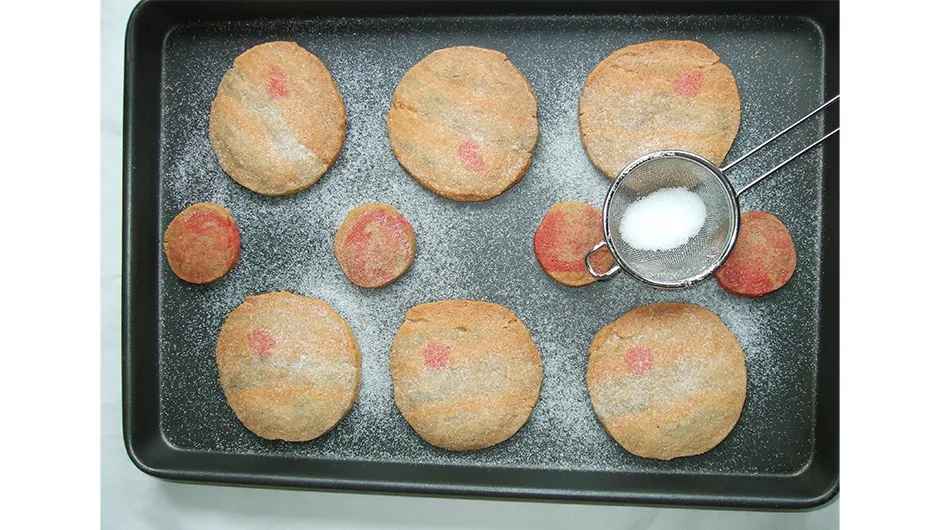
Cut slices 5mm thick from the log and place on a baking tray with 3cm between them.
Bake for 15-20 minutes until the rounds are firm but not coloured.
9
Space dust
Add some ‘space dust’ by sprinkling the rounds with caster sugar.
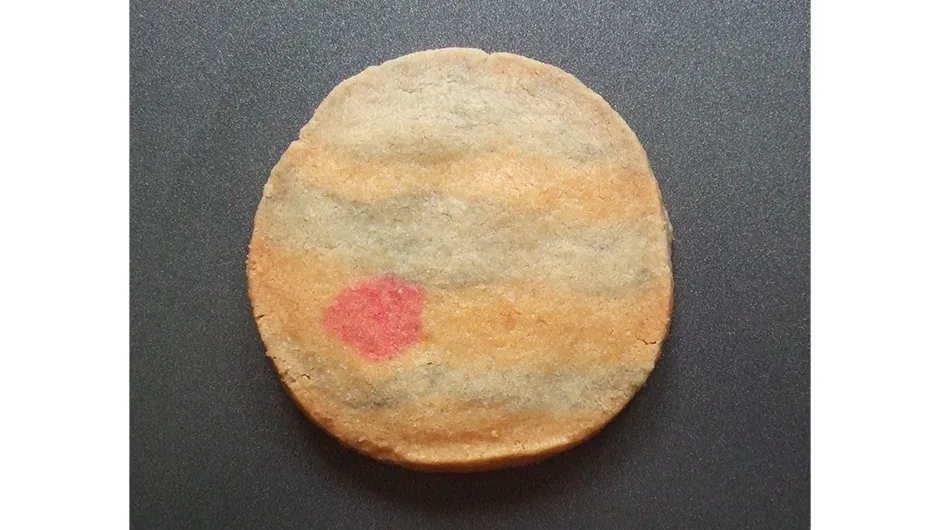
Allow to cool on the tray for a few minutes to firm up before transferring to a wire rack.

Share with friends and enjoy the same ‘wow!’ that you get when people see the planet for the first time!
All images by Katharine Kilgour
